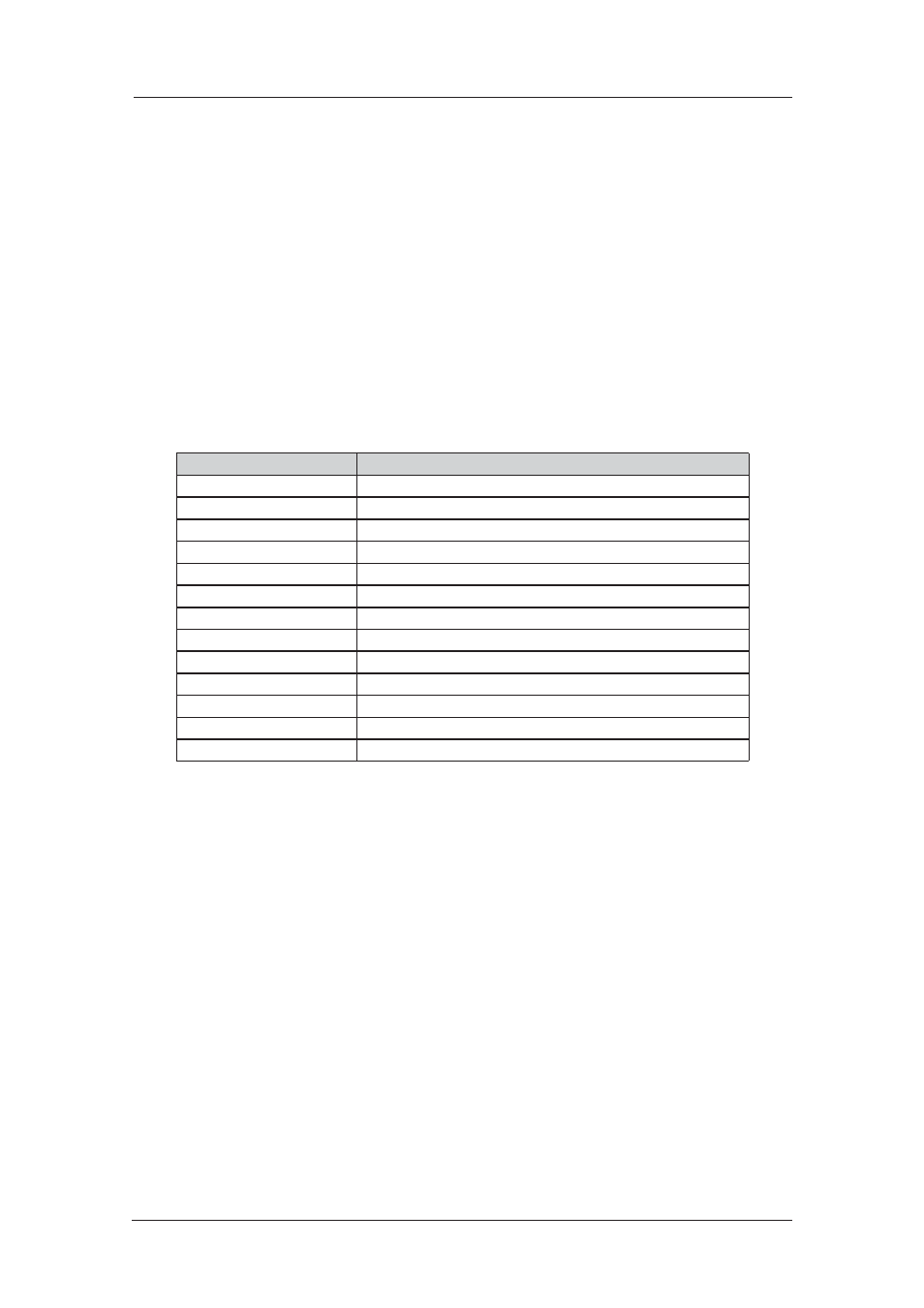The filing system 7, System files 7.1, Filing system commands 7.2 – Westermo MR Series User Manual
Page 362

362
6622-3201
Web Interface and Command Line Reference Guide
www.westermo.com
The Filing System
7
The unit has its own FLASH memory fling system that uses DOS-like filenames of up to 12 charac-
ters long (8 characters followed by the “.” separator and a 3-character extension). The filing system
is used to store the system software, Web pages, configuration information and statistics in a single
root directory.
Sub-directories are not supported and a maximum of 80 files can be stored (including system files),
providing there is sufficient memory remaining. New files can be downloaded into the unit from a
local terminal or from a remote system over the ISDN connection. Existing files can be renamed or
deleted using DOS-like commands.
Although the filing system will only store up to 22 files, all those associated with the built-in Web
interface are stored in a single file with the .WEB extension and extracted as required.
System Files
7.1
The dir command described below is used to display a list of the currently stored files. A typical file
directory will include the following files:
Filename
Description
ana.txt
Pseudo file for Protocol Analyser output
config.da0
Data file containing Config.0 settings
direct
File directory
eventlog.txt
Pseudo file for Event Log output
fw.txt
Firewall script file
fwstat.txt
Firewall script status file
image
Main system image
*.web
File containing compressed Web pages for your model
logcodes.txt
Text file containing Event Log config. info.
pwds.da0
File containing obfuscated passwords
sbios
Westermo BIOS and bootloader
sregs.dat
Data file containing AT command & S register settings
x3prof
X.25 PAD profile parameters
Filing System Commands
7.2
COPY Copy File
7.2.1
The copy command is used to make a copy of a file. The format is:
copy
where
copy that will be created.
DEL Delete File
7.2.2
The del command is used to delete files from the filing system. The format is:
del
where
order to delete several files at once. The * character can represent one or more characters in the
filename. For example, del fw*.txt will delete fw.txt and fwstat.txt. The del command returns
OK if files have been deleted, or ERROR if no matching files have been found.
